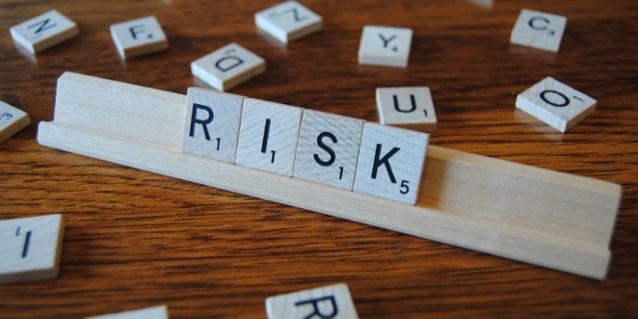In the continuation of exploring the confluence of disaster management and communication, this week, X-Axis focuses on the science of communicating risk. Risk communication in its very essence is rather old. As long ago as 3200 BC, the Babylonians, made use of various methods to anticipate, respond and communicate about hazards. Hazards were – what food to avoid, what was taboo, stigma of persons and places, and so on. In today’s world risk communication is a vital component of governance and is defined by the National Research Council as “an interactive process of exchange of information and opinion among individuals, groups, and institutions. It involves multiple messages about the nature of risk and other messages, not strictly about risk, that express concerns, opinions, or reactions to risk messages or to legal and institutional arrangements for risk management”. In a sense, risk communication is probably the oldest method of risk management.
In disaster management of corporate governance, communication is core to the success of disaster mitigation, preparedness, response and recovery. Communication strategies used in these situations are as effective as the quality of the content they carry with them. There are several reasons why one may want to communicate risks. These may be driven by moral, political, institutional, practical considerations or a combination of these. There is a strong relationship and synergy to communication and early warning, one of the major objectives is to provide an early warning about the risk. Early warning helps in mitigating the effects of a disaster, by providing information that allows stakeholders protect their interests. Information at this stage is empowering. On the other hand, a risk communication strategy can bring focus on the long term potential for such events to occur.
Risk communication is intended to:
- Make stakeholders aware of the risk
- Improve their knowledge on the possible scenarios and how to be prepared
- Change attitude towards preparedness, and
- Eventually their behaviour.
This requires a strategy, and a strategy requires components. Drawing parallels again to Disaster Management and Corporate communication, the two main components of risk communication are:
- Detection
- Management
Detection focuses on the routine monitoring of the indicators which could induce an emergency situation. The requirement is to collect, collate, asses and analyse information or data sets. This analysis will, when required, allow a prediction about the potential occurrence of an emergency. It is this prediction which is communicated to the management component. This typically means the stakeholders are informed about the impending emergency situation.
In its truest form a prediction comprises of five elements or factors:
- Time
- Location
- Magnitude
- Probability
- Consequences
The Management focuses on integrating the risk information or prediction received and informing the stakeholders. After receiving the risk information, the data must be interpreted in terms of potential losses and then decide if the risk warrants sounding an alert. This then leads to making a response. An effective communication strategy requires not just disseminating information of risk but also includes communicating the complexities and uncertainties associated with both the assessment and management.
Based on multiple studies, implementation of a good strategy is most effective if it follows a two-phased approach:
- Pre-assessment – where the stakeholders are evaluated within their social context, to determine what their concerns are, how they perceive risk, whom they trust, etc.
- Operation – where the attention is focused on the ways and means available to implement the communication campaign
The best practice methods proven in disaster communication, and endorsed by various international firms are as follows, there are similarities in corporate governance and communications.
- Accept and involve the stakeholders as a partner. The ultimate goal of the communication strategy is to produce an informed public, not to defuse concerns or replace actions.
- Meticulous planning to evaluate the outcome of the communication efforts. Different goals, audiences and media require different actions.
- Listen. Stakeholders often care more about trust, credibility, competence, fairness and empathy than about statistics and details.
- Be honest, frank and open.
- Work with other credible sources.
- Meet the needs of the media.
- Speak clearly and with compassion.



Be the first to comment on "Communicating Risk"